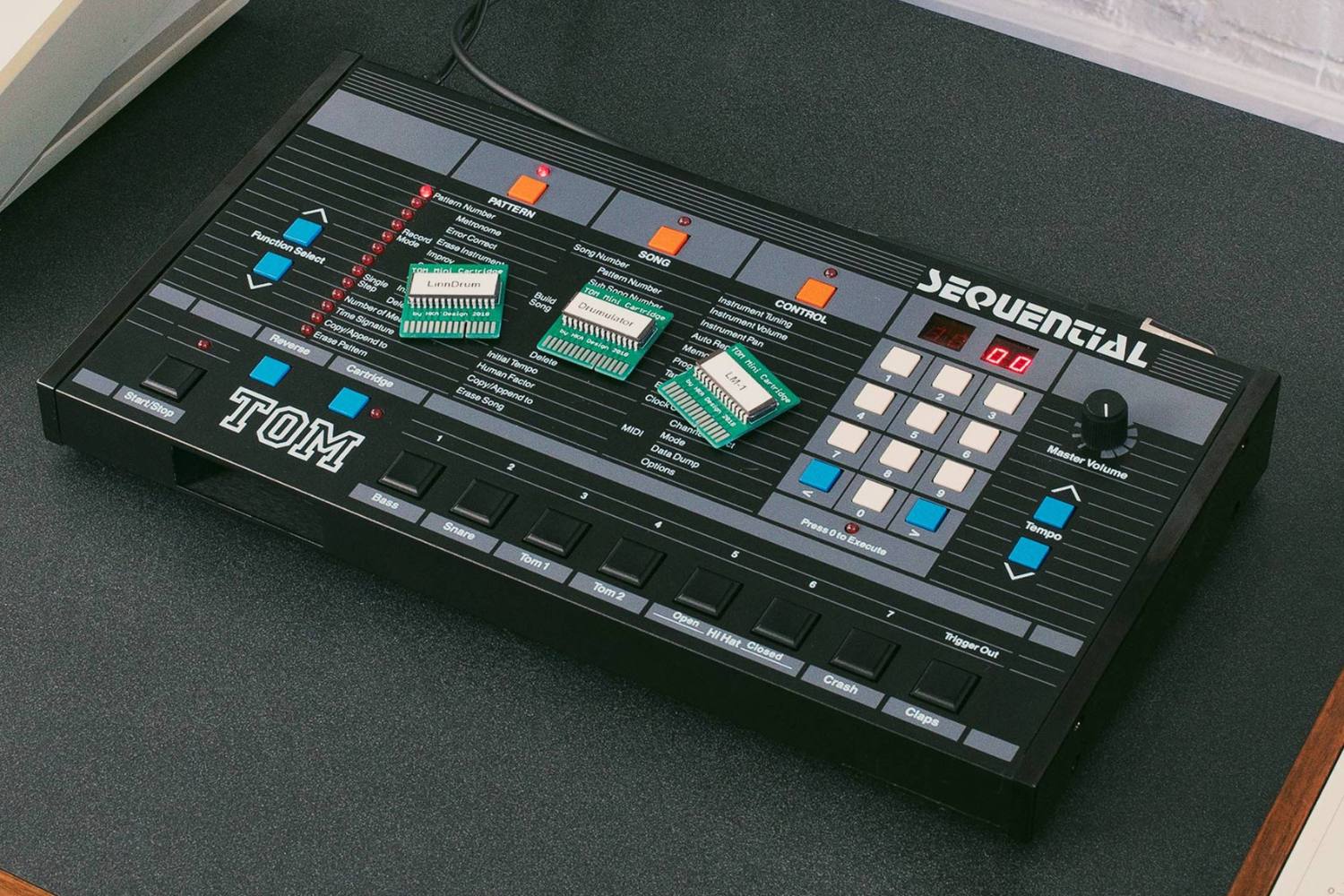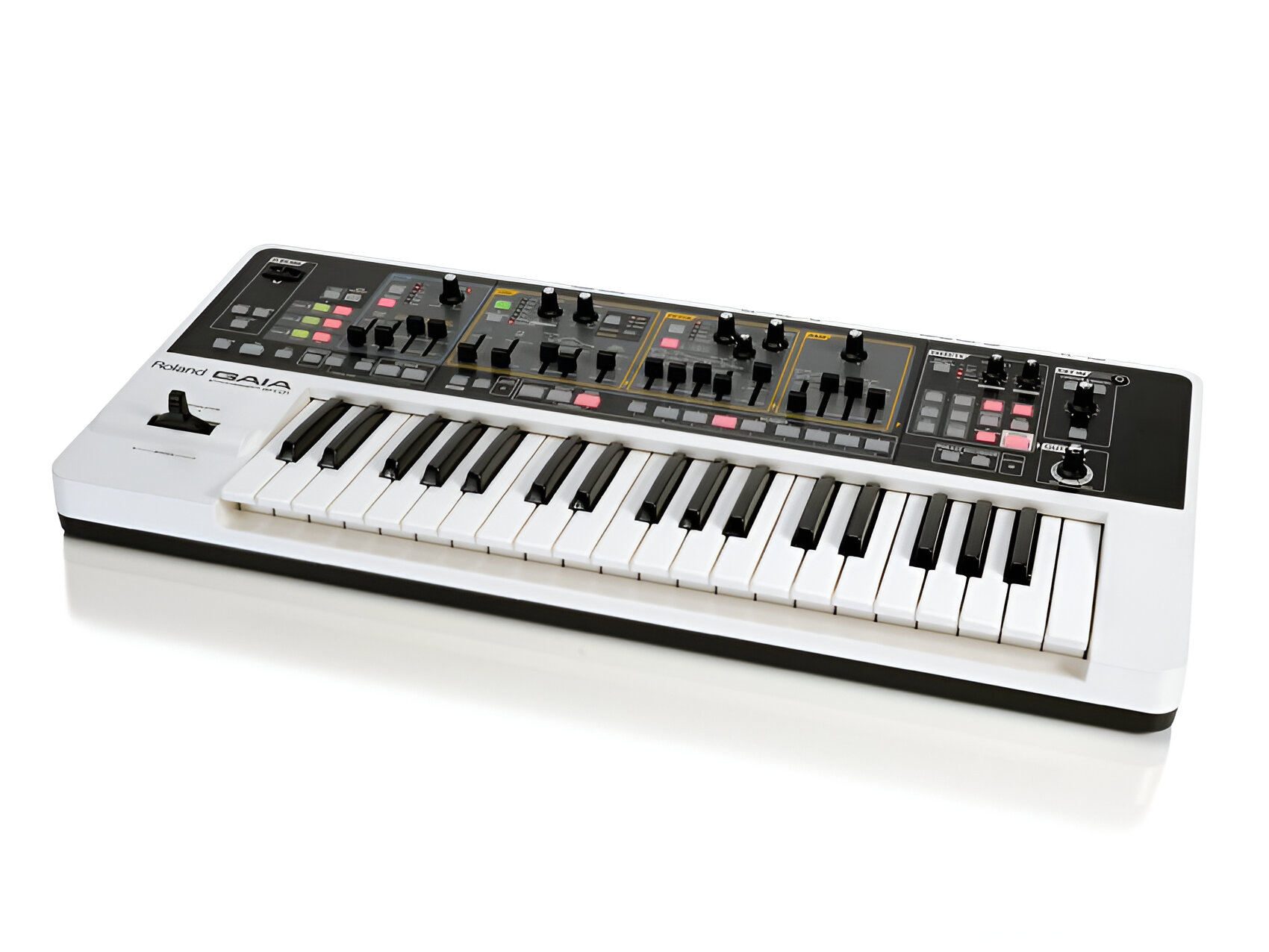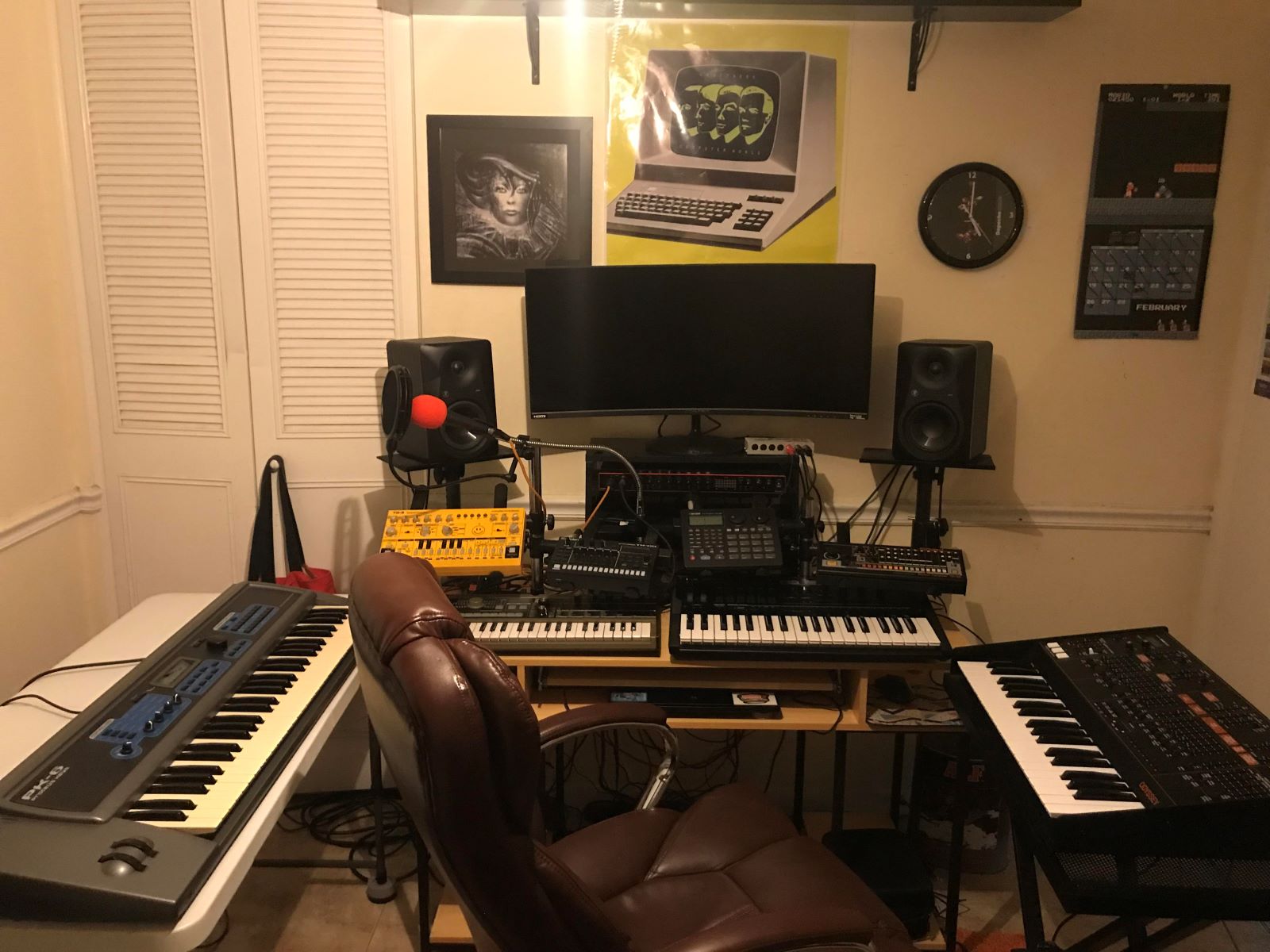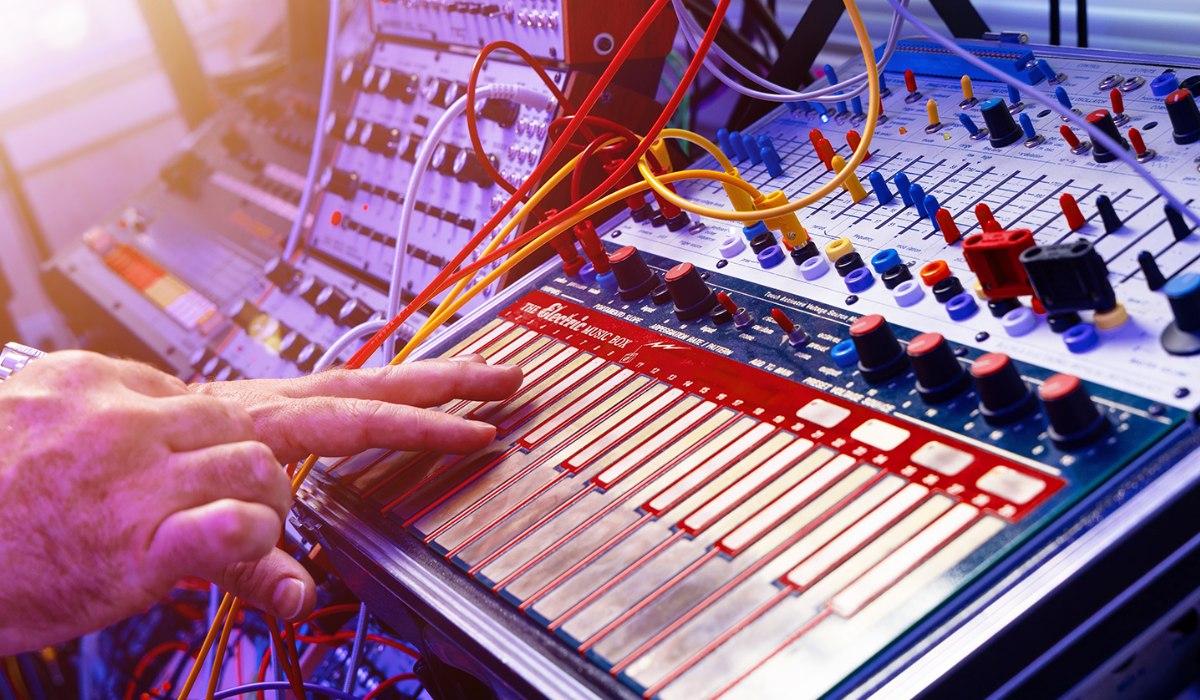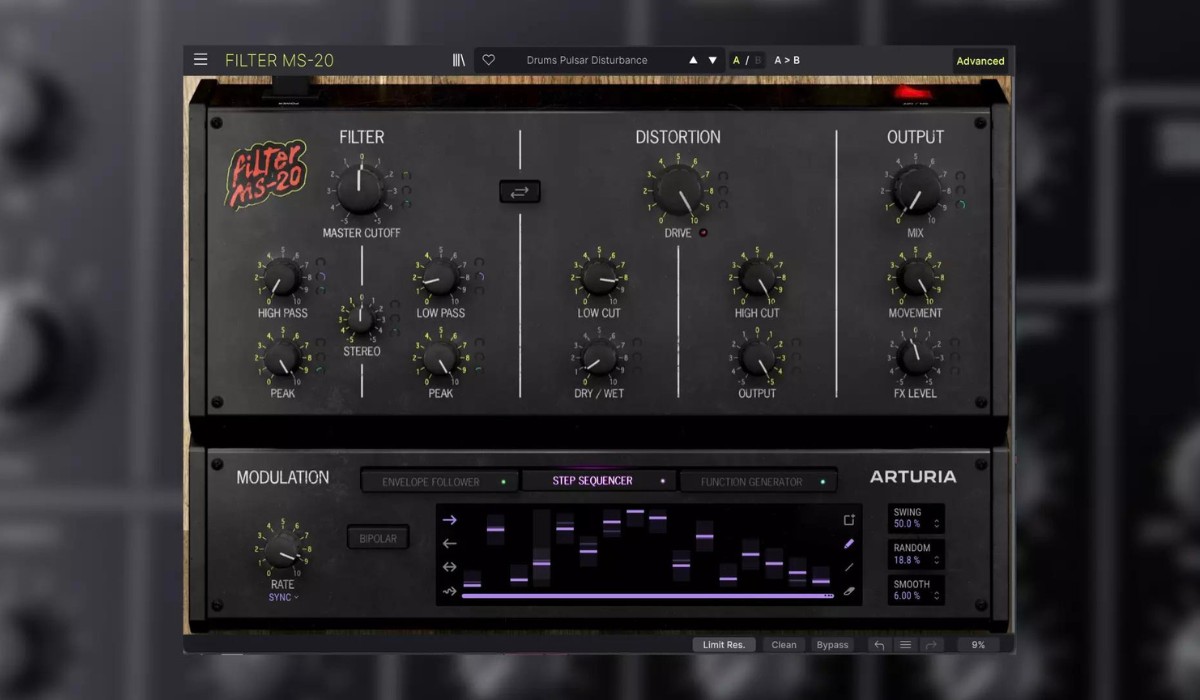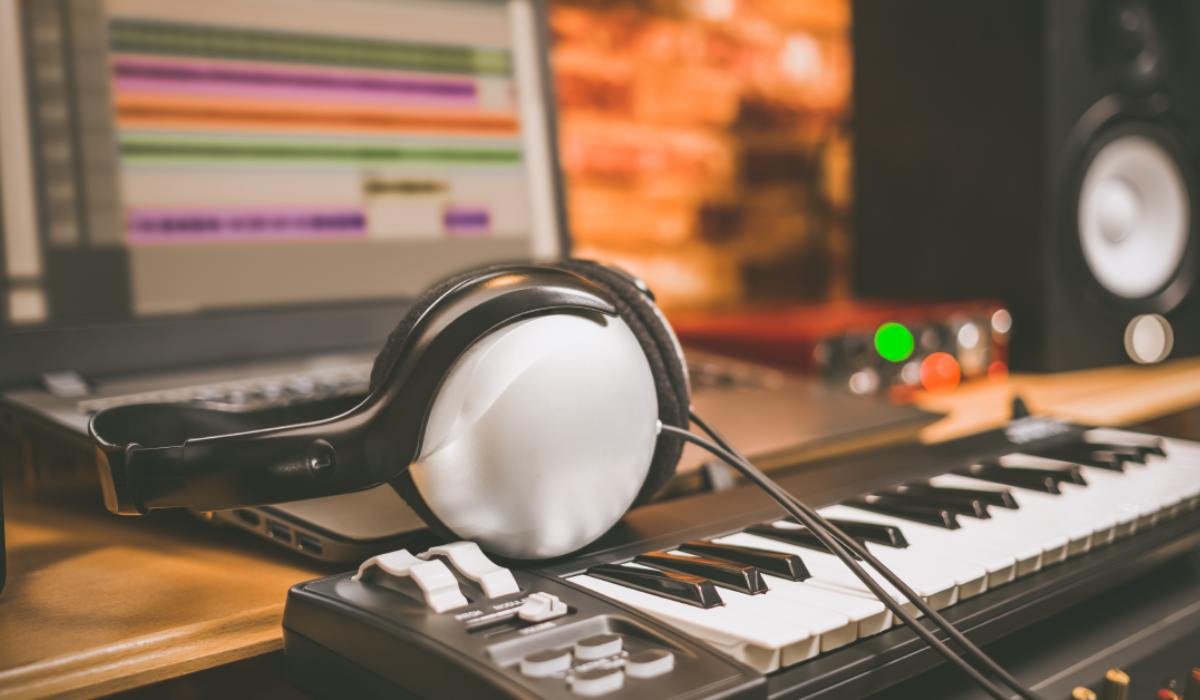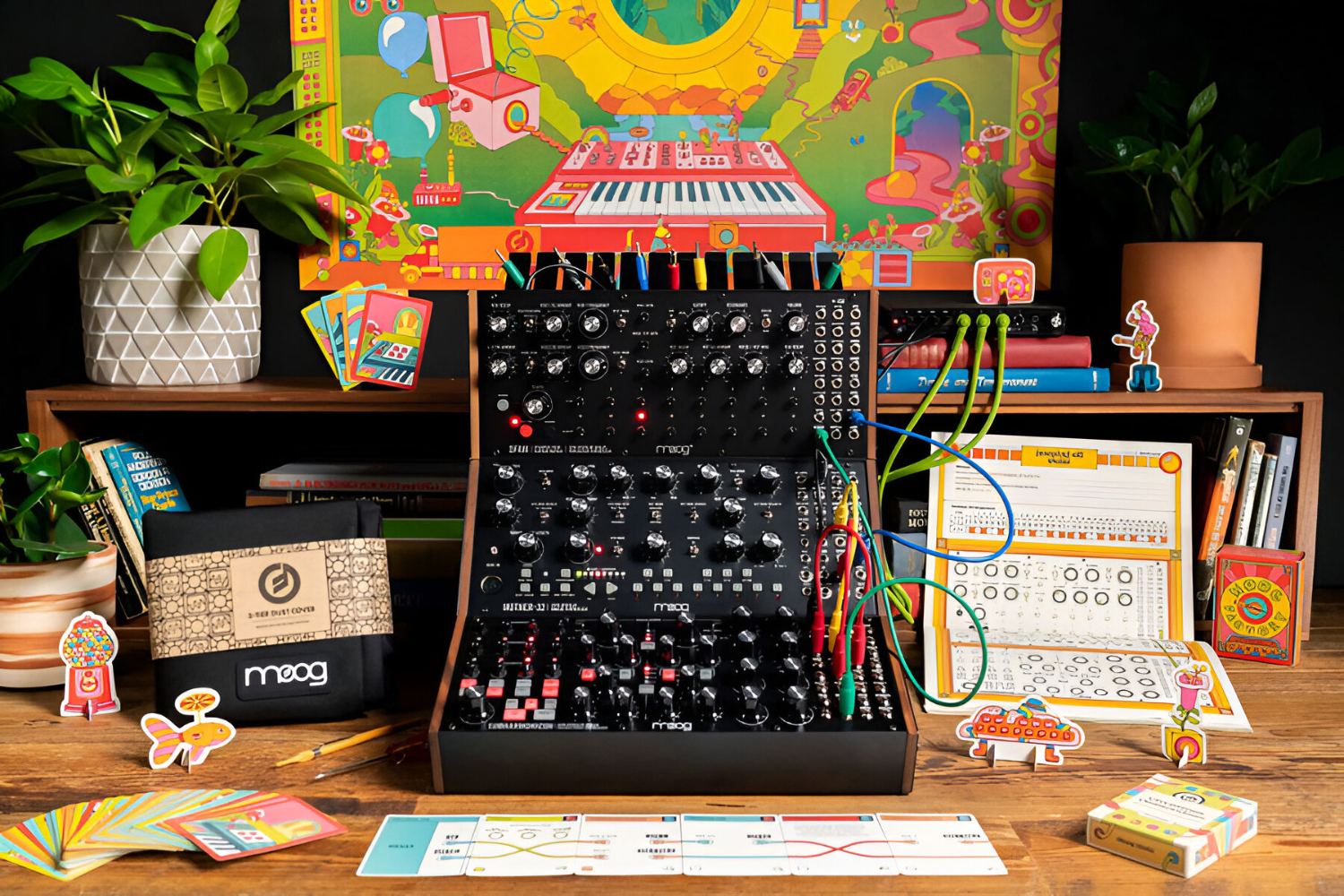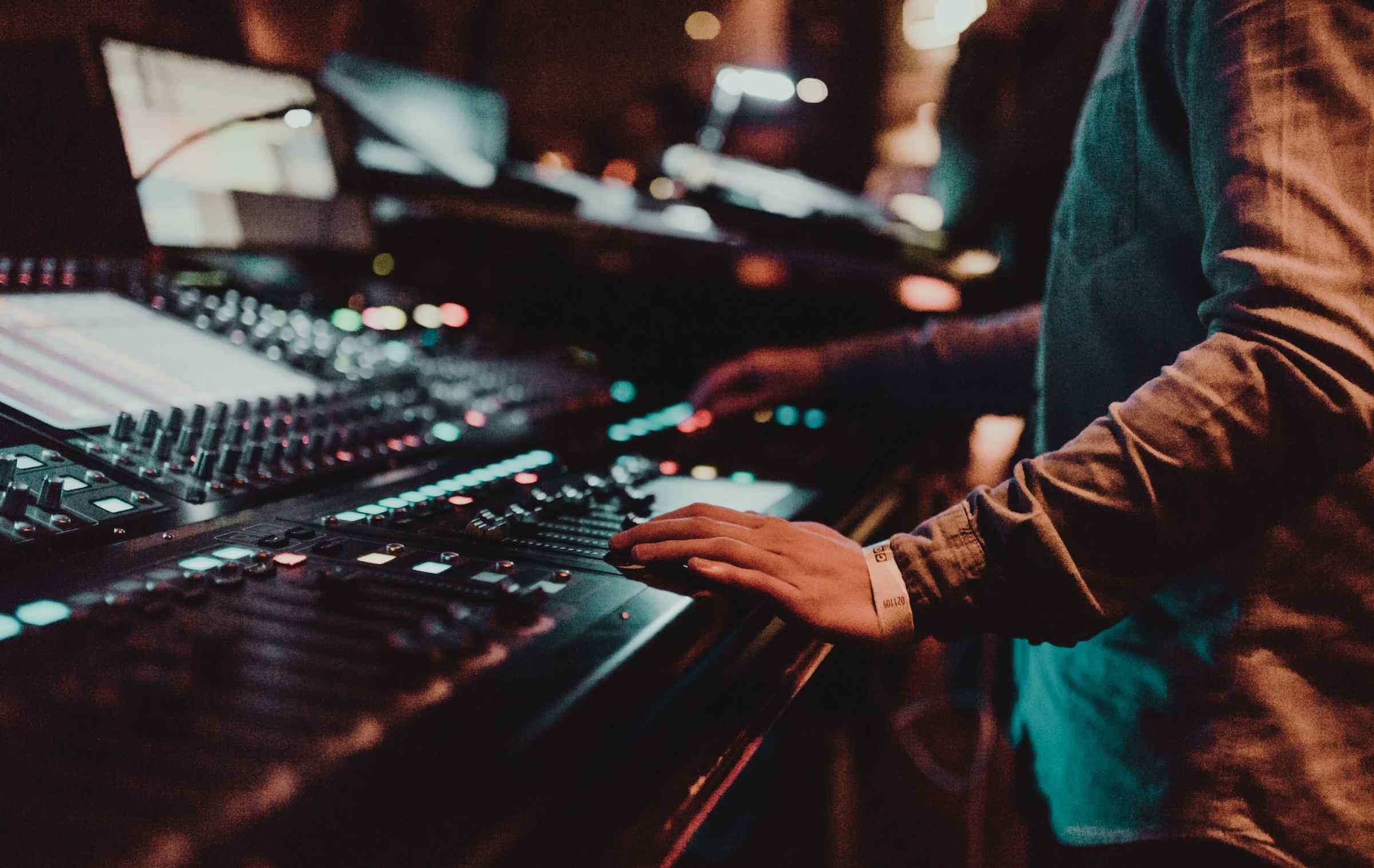Introduction
Are you ready to elevate your music production game by connecting a synthesizer to a drum machine? This dynamic duo can unleash a world of sonic possibilities, allowing you to craft captivating beats and melodies. Whether you're a budding music producer or a seasoned veteran, the process of connecting these two instruments can seem daunting at first. However, with the right guidance, you'll be well on your way to creating captivating sounds that resonate with your audience.
In this comprehensive guide, we'll walk you through the step-by-step process of connecting a synthesizer to a drum machine. From gathering the necessary cables to testing the connection, you'll gain a solid understanding of how to seamlessly integrate these instruments into your music setup. By the end of this tutorial, you'll be equipped with the knowledge and confidence to harness the full potential of your synthesizer and drum machine combination.
So, grab your favorite beverage, clear a space on your music production desk, and let's dive into the exciting world of synthesizer-drum machine connectivity. Get ready to unlock a realm of musical creativity and take your compositions to new heights!
Step 1: Gather the Necessary Cables
Before embarking on the journey of connecting your synthesizer to a drum machine, it’s essential to gather the requisite cables to ensure a seamless integration. The specific cables you’ll need may vary depending on the make and model of your synthesizer and drum machine, so it’s crucial to identify the appropriate connections for your setup. Here’s a breakdown of the essential cables you’ll likely require:
- Audio Cables: To transmit audio signals between the synthesizer and drum machine, you’ll need audio cables. Typically, these are 1/4-inch TS (Tip-Sleeve) or TRS (Tip-Ring-Sleeve) cables, depending on the input/output options of your instruments.
- MIDI Cables: If your synthesizer and drum machine support MIDI connectivity, MIDI cables will be indispensable for transmitting performance data and synchronization signals between the two devices.
- Power Cables: Ensure that both your synthesizer and drum machine are powered using the appropriate cables and adapters. This step is often overlooked but is crucial for ensuring uninterrupted power during your music production sessions.
Once you’ve identified the specific types and lengths of cables required for your setup, it’s time to gather them from your music gear arsenal or acquire any additional cables needed to establish a solid connection between your synthesizer and drum machine. With the necessary cables in hand, you’re ready to move on to the next step in the process.
Step 2: Connect the Synthesizer to the Drum Machine
With the essential cables at your disposal, it’s time to delve into the process of physically connecting your synthesizer to the drum machine. This step involves establishing the audio and, if applicable, MIDI connections between the two instruments. Here’s a systematic approach to accomplishing this:
- Identify Audio Outputs and Inputs: Begin by locating the audio output ports on your synthesizer and the corresponding audio input ports on your drum machine. Typically, these ports are labeled as “Output” and “Input,” respectively. Ensure that you’re familiar with the specific locations of these ports on both devices.
- Connect the Audio Cables: Using the appropriate audio cables, establish a physical connection between the audio output of your synthesizer and the audio input of your drum machine. If both devices support stereo output, consider utilizing stereo audio cables to preserve the spatial characteristics of your synthesized sounds.
- Secure the MIDI Connection (If Applicable): If MIDI connectivity is supported by your synthesizer and drum machine, use MIDI cables to establish a connection between the MIDI output of the synthesizer and the MIDI input of the drum machine. This step is crucial for transmitting performance data and synchronizing the tempo and timing between the two instruments.
- Power Up the Devices: Before proceeding, ensure that both your synthesizer and drum machine are powered on using the appropriate power cables and adapters. This will enable the devices to communicate effectively and ensure that the audio signals are transmitted without interruption.
By meticulously following these steps, you’ll successfully establish the physical connections between your synthesizer and drum machine, setting the stage for a harmonious integration of their sonic capabilities. With the audio and, if applicable, MIDI connections in place, you’re now ready to proceed to the next phase of the setup process.
Step 3: Set Up the Audio Output
After connecting your synthesizer to the drum machine, the next crucial step involves configuring the audio output settings to ensure that the sound generated by the synthesizer is routed to the drum machine for further processing or amplification. This process may vary depending on the specific features and routing options available on your instruments. Here’s a comprehensive guide to setting up the audio output:
- Access the Audio Output Settings: Familiarize yourself with the audio output settings on both the synthesizer and drum machine. These settings may include options for routing audio signals, adjusting volume levels, and configuring any signal processing features available on the devices.
- Route the Synthesizer Output to the Drum Machine: If your synthesizer features multiple output options, such as main outputs, sub outputs, or individual voice outputs, select the appropriate output channels that you wish to route to the drum machine. On the drum machine, designate the input source to receive the audio signals from the synthesizer.
- Adjust Volume and Gain Levels: To achieve a balanced audio output, carefully adjust the volume and gain levels on both the synthesizer and drum machine. This step is crucial for preventing signal distortion and ensuring that the audio signals are transmitted at optimal levels.
- Explore Signal Processing Options: If your synthesizer or drum machine features built-in signal processing capabilities, such as EQ, reverb, or compression, take the opportunity to experiment with these features to enhance the sonic characteristics of your music. Tailor the audio output to suit your creative vision and musical preferences.
By meticulously configuring the audio output settings on your synthesizer and drum machine, you’ll pave the way for a cohesive and harmonious sonic collaboration between the two instruments. With the audio output optimized, you’re now poised to embark on the final step of the setup process: testing the connection to ensure that everything is functioning as intended.
Step 4: Test the Connection
With the synthesizer and drum machine connected and the audio output settings configured, it’s time to put the setup to the test. Testing the connection is a critical step that allows you to verify that the audio and, if applicable, MIDI signals are successfully transmitted between the two instruments. Here’s a systematic approach to testing the connection:
- Trigger Sounds on the Synthesizer: Begin by playing notes, chords, or sequences on the synthesizer to generate audio signals. Ensure that the synthesizer is producing sound as expected and that the audio output is routed to the designated channels connected to the drum machine.
- Monitor the Drum Machine Input: On the drum machine, monitor the input channels to confirm that the audio signals from the synthesizer are being received. This step is crucial for verifying that the connection between the two instruments is functioning as intended.
- Test MIDI Synchronization (If Applicable): If MIDI connectivity is established between the synthesizer and drum machine, test the synchronization by triggering sequences, patterns, or tempo changes on the synthesizer and observing the corresponding response on the drum machine. This ensures that MIDI data is accurately transmitted between the devices.
- Adjust and Fine-Tune as Needed: During the testing phase, make note of any audio discrepancies, latency issues, or unexpected behavior in the signal transmission. Take the opportunity to fine-tune the audio output settings, cable connections, and device configurations to address any issues that may arise.
By methodically testing the connection between your synthesizer and drum machine, you’ll gain confidence in the integrity of the setup and identify any potential areas for improvement. This hands-on approach allows you to fine-tune the integration of the two instruments, ensuring that they function seamlessly as a cohesive unit in your music production endeavors.
Conclusion
Congratulations! You’ve successfully navigated the process of connecting a synthesizer to a drum machine, unlocking a world of sonic possibilities and creative potential. By following the systematic steps outlined in this guide, you’ve gained a solid understanding of how to seamlessly integrate these two instruments into your music production setup. From gathering the necessary cables to testing the connection, you’ve embarked on a journey that will undoubtedly enhance your musical compositions and performances.
As you revel in the harmonious collaboration between your synthesizer and drum machine, remember that the connections you’ve established are not merely physical; they represent the bridge between your musical ideas and their realization in the form of captivating sounds and rhythms. Harness the power of this interconnected setup to craft compelling melodies, intricate beats, and immersive sonic landscapes that resonate with your artistic vision.
Moving forward, continue to explore the myriad sonic textures and rhythmic possibilities that emerge from the synergy between your synthesizer and drum machine. Experiment with different sound combinations, delve into the realms of synthesis and drum programming, and let your creativity flow uninhibited as you leverage the full potential of these interconnected instruments.
Whether you’re crafting pulsating electronic grooves, ethereal ambient soundscapes, or genre-defying sonic tapestries, the bond between your synthesizer and drum machine serves as the catalyst for your musical expressions. Embrace this creative partnership, and let it inspire you to push the boundaries of your sonic artistry.
As you embark on your musical journey with your newly connected synthesizer and drum machine, remember that the process of integration is not merely technical; it’s a testament to your passion for creating captivating music. Embrace the endless possibilities that unfold before you, and let the seamless connection between these instruments fuel your artistic evolution.









